
DIY Baking Powder, Cake Flour, And Self Rising Flour
Have you ever run out of baking powder as you’re whipping up a cake? Or maybe you read the ingredients and think, ‘Drat, I don’t have cake flour or self-rising flour on hand!’ If you keep these basic ingredients on hand, you’ll be able to make these common ingredients, saving yourself a trip to the store… and the results will be just as good!
Perhaps you’d like to make up your own baking ingredients in advance to keep on hand? You can do that too but you’ll want to follow our instructions for storage to keep them fresh!
Try my recipe for Carrot Zucchini Cake with Cream Cheese Frosting
The Basics Of Baking Powder
Storebought baking powder typically contains 3 or more ingredients: an acid, a base, and a buffer. When it’s mixed with wet ingredients it causes a chemical reaction between the acid and the base. This produces carbon dioxide, which is trapped as bubbles in the batter. When the batter is baked, those bubbles of carbon dioxide produce a light and airy baked good product.
The buffer ingredient helps keep the baking powder fresh by absorbing humidity from the air. That humidity can cause the acid and base ingredients to begin the reaction process during storage, which means the baking powder won’t work very well when you want it to.
What Are Fast Acting & Double Acting Baking Powders?
Some baking powders are ‘fast-acting’ and some are ‘double-acting,’ depending on what acid and base ingredients are used and the catalyst (the condition that starts the reaction) that causes them to react with one another.
Fast-acting baking powder contains an acid and a base that react under cool, wet conditions. So it is important to mix your wet and dry ingredients just before you put the batter in the oven to bake. If too much time passes before baking, much of the gas will escape and the resulting product will not be as light and fluffy as desired.
Double-acting baking powder contains fast-acting acid and base ingredients, plus an acid and base combination that needs heat to activate their reaction. Because of this, the double-acting version will continue to react and cause carbon dioxide as the batter is baking. It’s a little more forgiving if you don’t put your cookies, muffins, or cake in the oven immediately after mixing.
It is important to note that the following recipes create a fast-acting baking powder so you will need to get the batter into the oven quickly after mixing your wet and dry ingredients together!
Ready To Use Baking Powder From 2 Ingredients
You’re in the midst of creating a delicious recipe for dessert and suddenly realize the baking powder container is empty. There’s no time to run to the store…what to do? Here is an easy substitute…
For each teaspoon of baking powder you will substitute:
- 1/2 teaspoon cream of tartar
- 1/4 teaspoon baking soda
For each Tablespoon of baking powder you will substitute:
- 1 1/2 teaspoons of cream of tartar
- 3/4 teaspoon of baking soda
Why does half a teaspoon of cream of tartar and a quarter teaspoon of baking soda equal 1 tablespoon of baking powder? Commercially available baking powder contains a buffering agent. Since you are not using one, you will be using a smaller volume of total ingredients to get the same results.
Make-Ahead Baking Powder From 3 Ingredients
Perhaps you’d like to make your own baking powder and keep it on hand for your home baking.
Baking soda is cheap, but the cream of tartar may be pricey unless you purchase a large container from a food co-op. In that case, you can make your own baking powder for less money. In addition, you’ll know what is in it and how fresh it is.
Here are the basic ingredients and proportions for making your own baking powder:
- 1 part baking soda (base)
- 1 part cornstarch, white rice flour, or potato flour (buffering agent)
- 2 parts cream of tartar (mild acid)
Sift all three ingredients together and store in an airtight container, in a cool, dry place. Use within 3 or 4 months for best quality. Use according to your recipe…simple, right?!
Not sure of the measurements?
To make 1 cup of baking powder: sift together 1/4 cup baking soda, 1/4 cup cornstarch, and 1/2 cup cream of tartar.
Want to know more…check out this article.

DIY Cake Flour Is Simple!
Why buy cake flour when it is so easy to make? If you don’t use it very often you may have to throw it out before using an entire bag. What a waste!
Cake flour is white flour mixed with cornstarch for a light and silky mixture that makes wonderfully fluffy cakes.
Here are the super-easy instructions for DIY Cake Flour:
- 1 cup (minus 2 Tablespoons) white flour
- 2 Tablespoons cornstarch
Sift ingredients 5 or 6 times to mix well.
This may get a little dusty, but it beats paying extra for cake flour! If you have extra just put it back in with your white flour and use it as regular flour. Don’t do this if you will be baking for someone with a corn allergy.
DIY Self Rising Flour Is Even Easier!
Self-rising flour has baking powder and salt added to it. It doesn’t have a very long shelf life because the acid and base are mixed together and humidity can cause them to react. Make your own only when you need it and you’ll never have to toss it out!
This combination is often used in Southern-style baked goods and may not need any extra leavening. It is nice to have on hand if you make a lot of recipes that call for this ingredient.
Mix these three ingredients together for each cup of self-rising flour:
- 1 cup white flour
- 1 1/2 teaspoons baking powder
- 1/4 teaspoon salt
Sift together once to incorporate ingredients. Store any leftover flour in an airtight container and use it within 3 to 4 months. This will prevent the acid and base ingredients from reacting and losing their effectiveness.
Making Your Own Baking Ingredients – Is It Worth It?
- Don’t do very much baking, or do you really like the convenience of having everything ready-made? Then mixing these ingredients up isn’t worthwhile.
- Perhaps the cost of cream of tartar is rather high where you shop. If so, you’ll probably want to stick with buying your baking powder.
- Do you have trouble getting your cake batter into the oven quickly after mixing the wet and dry ingredients? Then stick with the double-acting baking powder from the store.
- Maybe you don’t use any recipes that call for cake flour or self-rising flour. Then you won’t really need to whip up these special ingredients.
When Making Your Own Is Worthwhile…
- If you don’t keep cake flour and self-rising flour around and find a recipe using them, you’ll know just how to make your own ingredients quickly and easily!
- Do you order from a buying club with inexpensive cream of tartar in bulk? You can make baking powder up as you need it for a lower cost. It will work a lot better as a leavening agent if the ingredients are mixed shortly before use.
Do you make your own baking powder, cake flour, or self-rising flour from ‘scratch?’ Leave a comment!

Shared on these Linky Parties

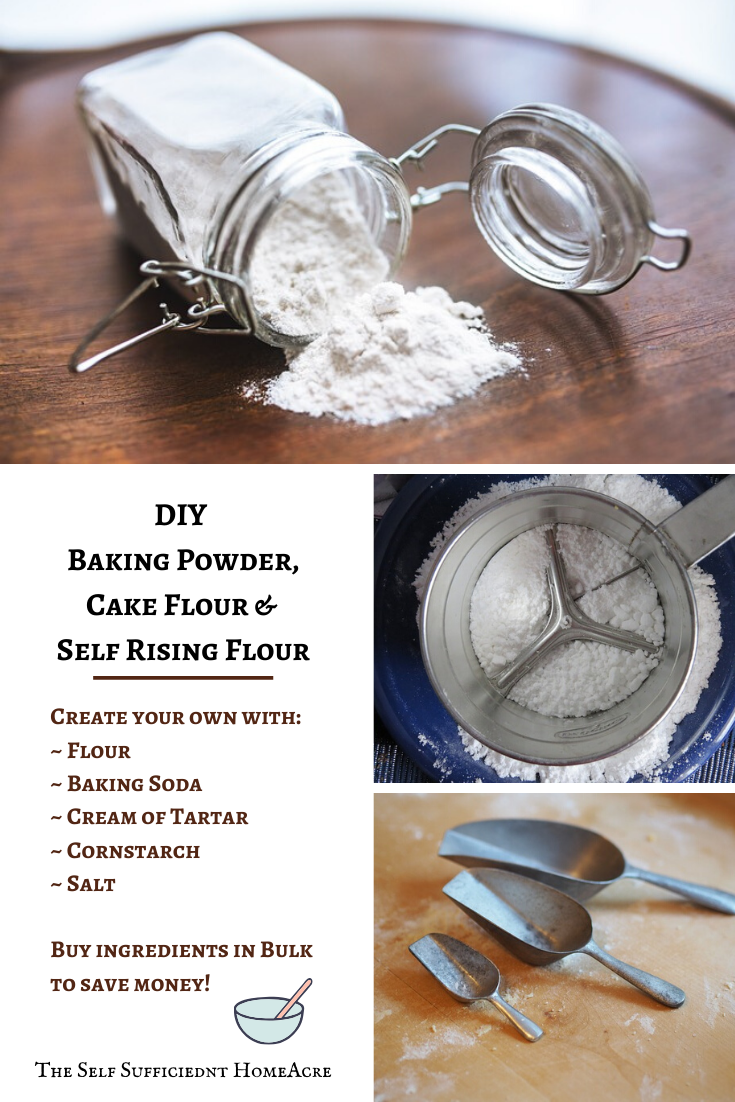
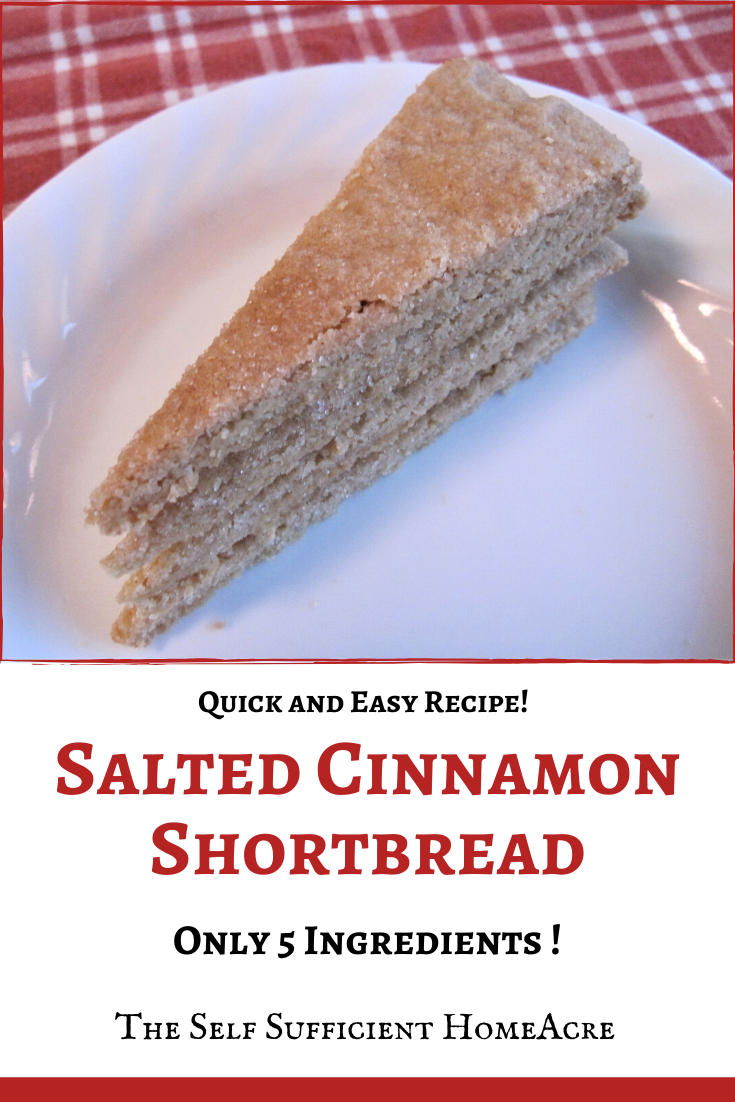

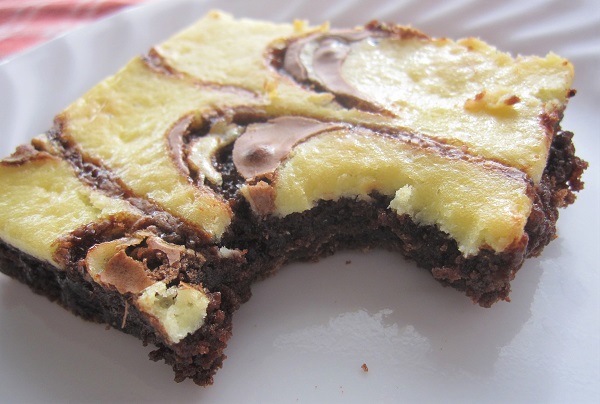
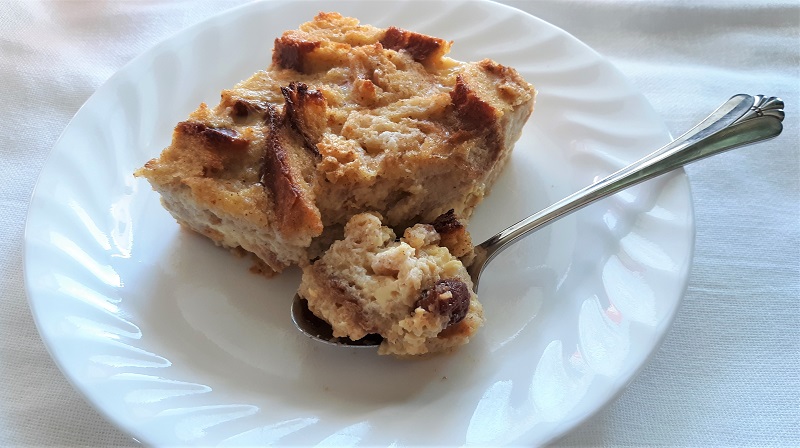
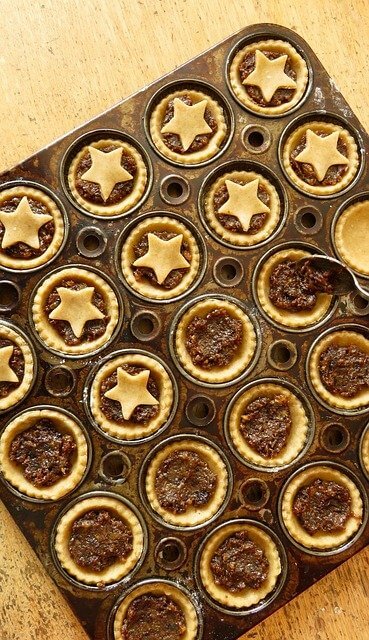

Thank you so much for this! I am out of practice as my children are all grown and have their own. I really miss mixing my own and current times are calling for us to go back to our basics!
I’m happy to share!
Great post Lisa!
Thanks so much, Jo! I hope that it is helpful for people…especially with the baking season coming up!